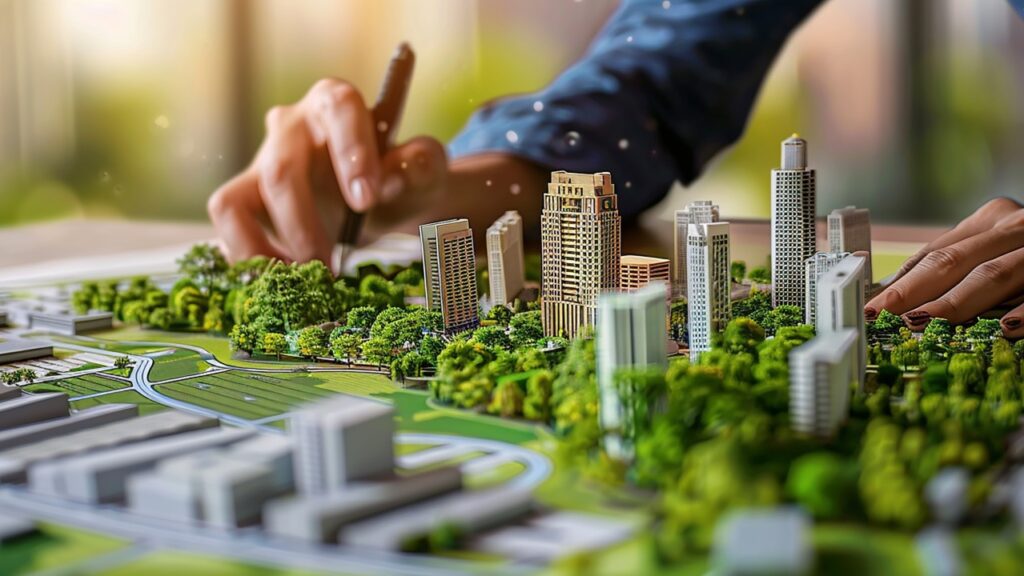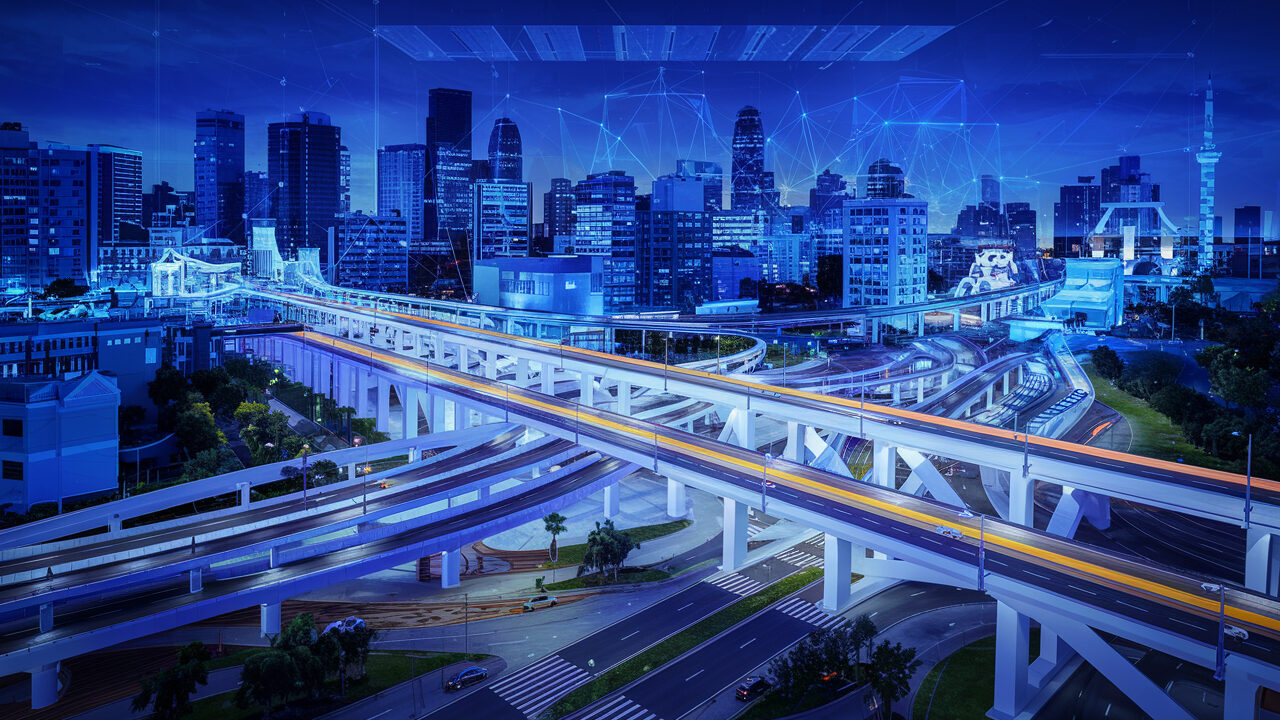The Rise of Digital Twins in the Gulf
Digital Twins in Urban Planning are rapidly shaping the future of Gulf cities. From Riyadh and Jeddah to Dubai and Doha, governments are adopting this cutting-edge technology to build smarter, greener, and more sustainable urban spaces. By creating virtual replicas of physical environments, authorities can simulate, test, and optimize city development before making real-world investments.
This approach is not just about futuristic visuals—it is redefining infrastructure planning, environmental protection, and citizen experience in ways the region has never seen before.
What Are Digital Twins and Why They Matter
At its core, a digital twin is a dynamic virtual model of a real-world object, system, or city. In urban planning, it integrates data from sensors, Internet of Things (IoT) devices, satellite imaging, and artificial intelligence to provide real-time insights.
For Gulf nations that aim to diversify economies beyond oil and position themselves as hubs of innovation, digital twins offer:
- Smarter Planning: Testing traffic flow, energy grids, and housing demands in real-time.
- Sustainable Growth: Ensuring cities reduce carbon footprints and optimize resources.
- Cost Efficiency: Preventing expensive mistakes by simulating scenarios before implementation.
- Improved Citizen Experience: Designing urban spaces around community needs.
Gulf Countries Leading the Transformation
The Gulf Cooperation Council (GCC) countries are at the forefront of adopting digital twins in urban planning, driven by their ambitious visions and rapid urbanization.
Saudi Arabia’s NEOM Project
Saudi Arabia’s $500 billion NEOM project is perhaps the most advanced example. It integrates digital twin technology to plan “The Line,” a 170-kilometer car-free city powered entirely by renewable energy. The digital twin allows planners to test urban mobility systems, climate impact, and water use before physical construction begins.
UAE’s Smart Dubai and Abu Dhabi Initiatives
The UAE is investing heavily in digital twin-powered smart cities. Dubai Municipality uses the technology for 3D city modeling, urban zoning, and infrastructure monitoring. Abu Dhabi, meanwhile, is building a comprehensive digital twin platform to simulate water distribution, energy efficiency, and public transport networks.
Qatar’s Vision for 2030
Qatar has introduced digital twins to optimize transportation and stadium infrastructure for global events like the FIFA World Cup. These models now support the country’s long-term Vision 2030 strategy, ensuring sustainability and smooth urban expansion.
How Digital Twins Improve Infrastructure Development
Digital Twins in Urban Planning bring significant benefits to infrastructure projects, particularly in regions like the Gulf, where large-scale developments are common.
Transportation and Mobility
By simulating traffic flow, congestion points, and future growth scenarios, digital twins help governments design more efficient metro lines, bus routes, and highways.
Energy and Utilities
Smart grids, renewable energy integration, and water management systems can be tested virtually before implementation. This ensures efficient distribution and reduced environmental impact.
Real Estate and Architecture
Developers can visualize projects in real-time, assess sustainability performance, and predict maintenance needs, leading to long-term savings.
Disaster Preparedness
Digital twins provide predictive models for flood control, sandstorms, and other climate risks, helping Gulf cities strengthen resilience.
The Sustainability Angle
Sustainability is central to the Gulf’s urban agenda, and digital twins play a critical role. By accurately modeling carbon emissions, waste generation, and energy consumption, city planners can design policies that align with global climate goals.

For example, Abu Dhabi’s Masdar City uses digital twin technology to evaluate energy efficiency, renewable energy integration, and green building standards. These models ensure sustainable practices are built into the city’s DNA.
Challenges of Adopting Digital Twins
Despite their benefits, implementing digital twins in urban planning comes with challenges:
- High Costs: Developing detailed digital models requires significant investment.
- Data Security: Handling large amounts of real-time data creates cybersecurity risks.
- Technical Expertise: Governments and companies must train professionals to manage advanced platforms.
- Integration: Aligning digital twins with legacy infrastructure can be complex.
However, Gulf nations are addressing these hurdles by investing in research, international collaborations, and AI-driven platforms.
Future Outlook for Digital Twins in the Gulf
As Gulf countries race toward their visions for 2030 and beyond, digital twins will play an even bigger role in shaping their future. With increasing investments in AI, IoT, and sustainable infrastructure, we can expect:
- Fully integrated digital twin platforms managing entire cities.
- AI-driven predictive models reducing energy and water consumption.
- Real-time citizen feedback loops improving public services.
- Regional collaborations creating interconnected smart city networks across the Gulf.
Conclusion
Digital Twins in Urban Planning are no longer just futuristic concepts—they are transforming Gulf infrastructure today. By combining technology, sustainability, and visionary leadership, Gulf nations are setting new global benchmarks for smart urban development.
The integration of digital twins ensures not just smarter cities but also resilient, eco-friendly, and citizen-focused spaces. As the Gulf continues to embrace this technology, it is poised to become a world leader in urban innovation.
Do Follow Gulf Magazine on Instagram
Also read: Oman Extends Deadline for 200MW Wind Project Bids



